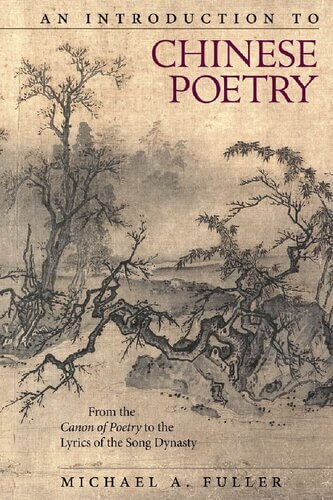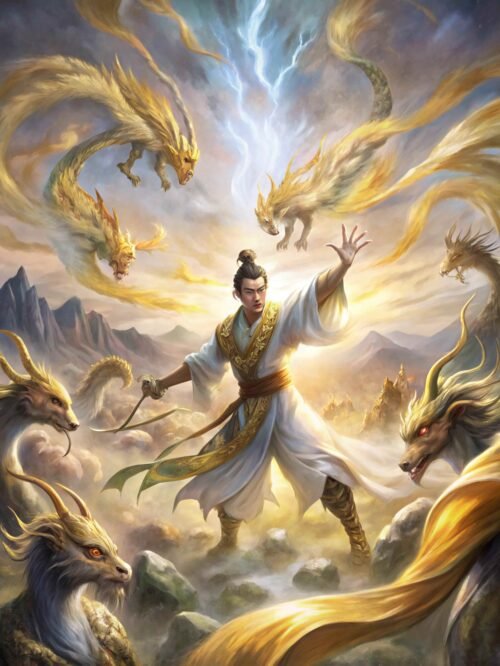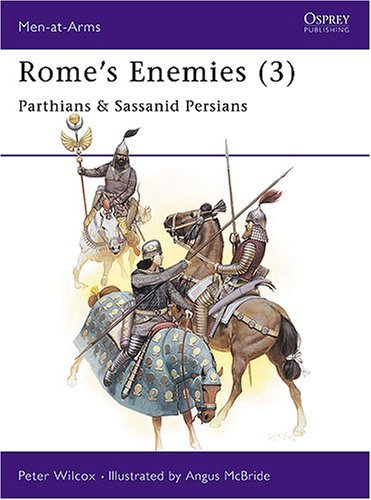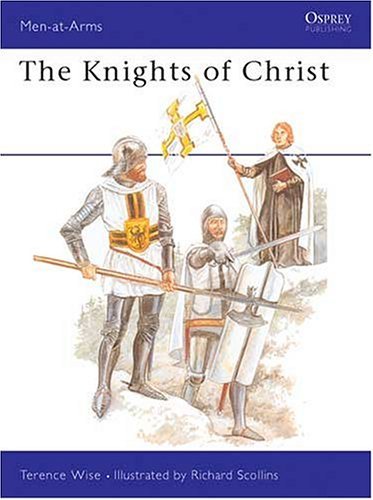An Introduction to Chinese Poetry: From the Canon of Poetry to the Lyrics of the Song Dynasty by Michael A. Fuller
Annotated with Cultural and Historical Context for Global Readers
Core Translation & Cultural Context
Original Title: An Introduction to Chinese Poetry: From the Canon of Poetry to the Lyrics of the Song Dynasty
Author: Michael A. Fuller (Professor of Chinese Literature, UC Irvine)
Genre: Literary Studies / Poetry Analysis
Cultural Significance: This work provides a scholarly yet accessible overview of Chinese poetry from its origins in the Shijing (《诗经》, 11th–6th century BCE) to the lyrical ci (词) of the Song Dynasty (960–1279). Fuller explores how Chinese poetry intertwines with philosophy, politics, and social life, while addressing challenges in translating tonal and cultural nuances for English readers.
Full Translation with Annotations
1. Ancient Foundations: The Shijing (Classic of Poetry)
- Content: The Shijing comprises 305 poems divided into three sections: Feng (folk songs), Ya (court hymns), and Song (ritual hymns). These poems reflect early Chinese society’s agrarian life, love, and governance.
- Example Poem:
- Original (《关雎》/ “Guanju”):
关关雎鸠,在河之洲。窈窕淑女,君子好逑。 - Translation:
“Guan-guan cry the ospreys / On the river’s sandbar. / Gentle and fair, the maiden— / A fitting match for the lord.” - Annotation: The poem uses nature imagery to symbolize ideal romance, a hallmark of Shijing’s allegorical style.
- Original (《关雎》/ “Guanju”):
2. Han to Tang: The Rise of Shi Poetry
- Evolution: From the Han Dynasty’s Yuefu (乐府, Music Bureau poems) to the Tang golden age, shi poetry formalized regulated tonal patterns and couplet structures.
- Key Poets:
- Li Bai (李白): Known for romantic exuberance (“Drinking Alone Under the Moon”).
- Du Fu (杜甫): A realist whose “Autumn Meditations” critiques war and corruption.
- Example (Li Bai’s 静夜思 / “Quiet Night Thoughts”):
- Translation:
“Before my bed, the moonlight pools— / I mistake it for frost on the ground. / Raising my head, I gaze at the bright moon; / Lowering it, I long for home.” - Annotation: The poem’s simplicity and emotional depth exemplify Tang shi’s balance of form and feeling.
- Translation:
3. Song Dynasty Ci: Lyric Poetry and Musicality
- Definition: Ci (词) are lyric poems set to musical tunes, characterized by irregular line lengths and tonal patterns.
- Major Styles:
- Wanyue (婉约): Delicate and introspective (e.g., Li Qingzhao’s “Sorrow of Separation”).
- Haofang (豪放): Heroic and expansive (e.g., Su Shi’s “Remembering Chibi”).
- Example (Su Shi’s 水调歌头 / “Prelude to Water Melody”):
- Translation:
“When will the bright moon first shine? / Raising my cup, I ask the blue sky. / In heaven’s palaces, what year is it now? / I long to ride the wind and return there…” - Annotation: Su Shi blends Daoist transcendence with human longing, showcasing ci’s philosophical depth.
- Translation:
4. Translation Challenges
- Tonal Nuances: Mandarin’s four tones and Cantonese’s nine tones create rhythmic complexities lost in translation.
- Cultural Context: Terms like “the moon” (symbolizing reunion) or “willow” (evoking parting) require footnotes.
- Strategies: Fuller combines literal translation (metaphrase) with adaptive phrasing (paraphrase) to preserve meaning without sacrificing readability.
Supplementary Materials for Global Readers
- Glossary of Terms:
- Shi (诗): Classical regulated poetry with tonal patterns.
- Ci (词): Lyric poetry set to musical tunes.
- Qu (曲): Yuan Dynasty dramatic songs.
- Timeline of Chinese Poetry:
- 1046 BCE: Compilation of Shijing.
- 8th century CE: Tang shi reaches its zenith.
- 1127 CE: Li Qingzhao’s ci during the Song-Jin wars.
- Thematic Essays:
- Daoism in Poetry: Wang Wei’s Zen-infused landscapes (“Deer Park”).
- Politics and Protest: Du Fu’s critiques of Tang Dynasty corruption.
- Visual Aids:
- Ink-wash illustrations of Tang landscapes.
- Calligraphy samples of famous poems.
Legacy & Reception
- Academic Praise: Fuller’s work is hailed for its “rigorous scholarship and accessibility,” bridging East-West literary gaps.
- Pedagogical Use: Adopted in courses on comparative literature and Chinese studies.
Suggested Display Caption:
“From ancient odes to Song lyrics—Fuller’s guide illuminates three millennia of Chinese poetry, where tradition and innovation dance in timeless harmony.”






评价
目前还没有评价